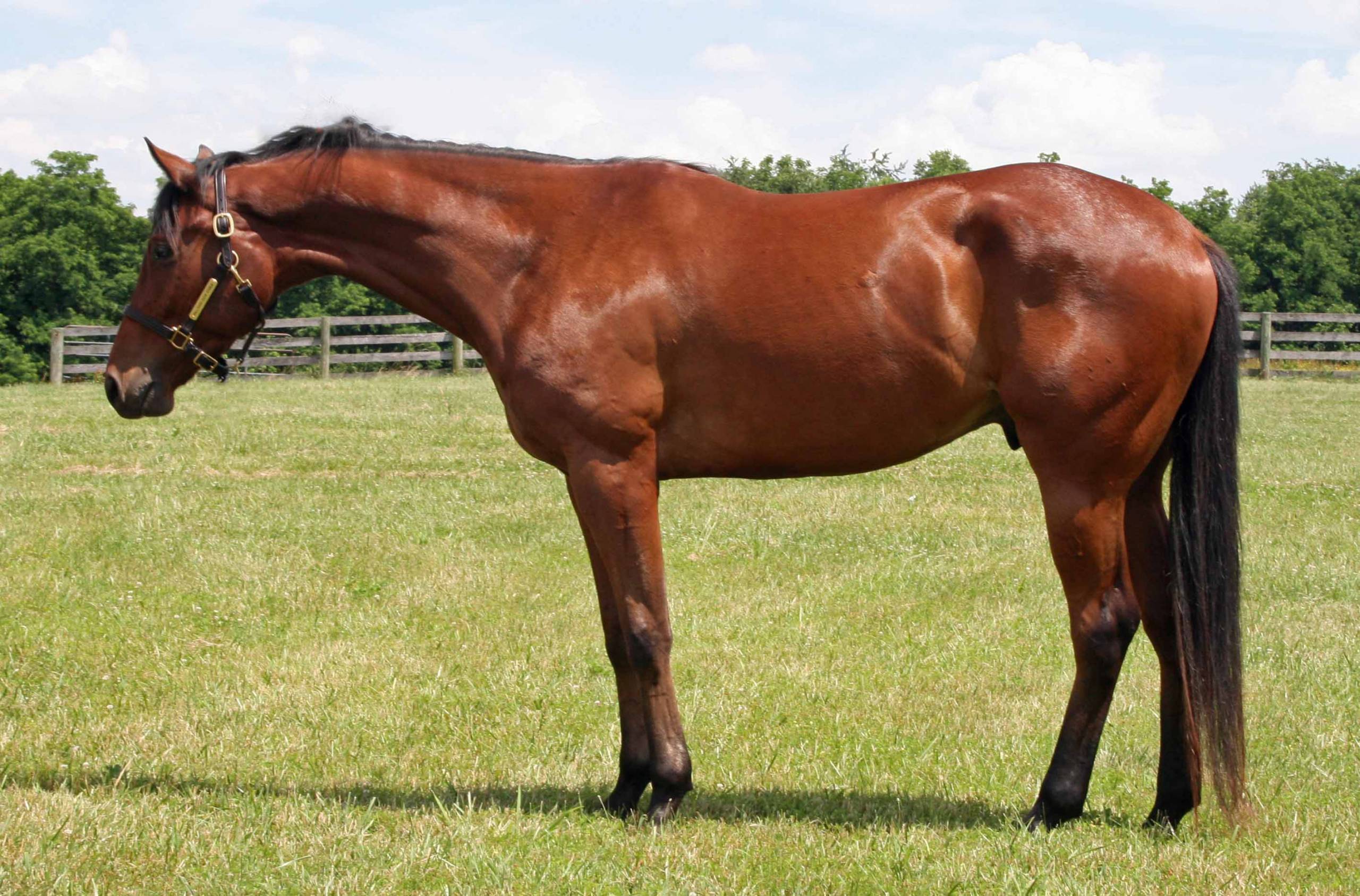Conscientious horse owners know the importance of forage, which is why many hours are spent selecting hay and caring for paddocks, pastures, and other grazing areas. In addition to forage, most horses require the nutrients found in a concentrate for optimal well-being, and that concentrate is often chosen based on the forage available.
When available, how much fresh forage will a horse or pony consume?
Before we can answer this question, a horse’s total recommended feed consumption (forage and concentrate) must be known. Most healthy mature horses in moderate body weight should consume about 1.5-2% of their body weight daily. Some horses with higher energy requirements may consume as much as 2.5% of their body weight daily. If a mature Arabian mare weighs 1,000 lb (450 kg), for example, 1.5-2% of her bodyweight equates to 15-20 lb (7-9 kg) of forage and concentrate combined a day. How much of the total is forage and how much is concentrated depends on the individual horse (age, metabolism, workload, etc.). For most horses, the forage fraction of the diet will contribute at least 50% of daily intake but usually far more.
Forage requirements can be met through the pasture, hay, and hay products, such as cubes and pellets. The contribution of pasture to a horse or pony’s nutritional requirements should not be underestimated. When given 24-hour access to pasture, mature horses may consume 2-3% of their body weight per day; adult ponies may consume 3-4% of their body weight per day but sometimes more. Mature horses and ponies can therefore satisfy their total feed requirement, except for vitamin and mineral supplementation, from a full-day turnout on good-quality pasture.
What if horses are turned out for only a few hours a day? Horses are likely to consume 0.4% of their body weight for every three hours of turnout with 1-2% of body weight for full-daytime turnout. These values may be doubled for ponies.
How much hay do you offer a horse that also consumes pasture?
Many horses are offered a mixture of pasture and hay each day. With this in mind, how much hay do you offer a horse that also consumes pasture? That depends on how long the horse grazes. While every horse is an individual, here’s a starting point:
- If your horse is allowed four to eight hours of turnout on pasture, he will fulfill 25-50% of his forage requirement and will need 50-75% of his required forage when stabled.
- If your horse is allowed eight to twelve hours of turnout on pasture, he will fulfill 50-75% of his forage requirement and will need 25-50% of his required forage when stabled.
Other factors may influence the amount of forage fed, notably caloric requirements as determined by body condition. For easy keepers, it might be necessary to use a grazing muzzle during turnout and provide clean, mature grass hay to satisfy the majority of his forage requirement. To draw out the time it takes to consume the hay, a slow-feed hay net or similar device can be used. For the hard keeper or intensely worked athlete, free-choice access to pasture and a legume or legume-grass mix might be necessary to maintain moderate body condition.
Here’s a real-world example.

This is Griffith, a four-year-old appendix-bred Quarter Horse gelding. He stands 16.2 (168 cm) and currently weighs 1,260 lb (574 kg). Before arriving at his new farm, he was turned out 24/7 on average pasture with no concentrate, and he maintained his current body condition. The new boarding stable has high-quality pasture but does not offer an all-day turnout. Instead, Griffith will graze for four hours and will spend the remainder of his day in a stall. He will be ridden five days a week, lightly to moderately, in preparation to become a show hunter. With hay in short supply, the owners want to ensure he has enough forage to fuel his work without overfeeding. Plus, excessive body conditions may cause him to gain weight. This will place unnecessary stress on immature joints as he learns to jump.
Where do you begin?
When considering forage requirements for Griffith, two things come to mind immediately. One: he is fairly young and potentially has more growing to do, even if only a bit. Two: he is in light to moderate work. To fuel these two physiological endeavors and meet maintenance requirements, let’s estimate his diet.
Let’s assume that he will consume 2% of his body weight per day in forage and concentrate combined. If he grazes for four hours on high-quality pasture, then this will satisfy 25-50% of his forage requirement. This is or 0.5-1% of body weight. That leaves a balance of 1-1.5% of body weight that must be provided in the hay. At his current weight, that equates to 13-19 lb (6-9 kg) of hay. To offset nutrient deficiencies in the hay, a balancer pellet should be fed at the rate recommended by the manufacturer.
If Griffith is unable to maintain weight on this diet, feed additional hay or introduce a concentrate. A concentrate must be fed at the minimum recommended amount to fulfill protein, vitamin, and mineral requirements. If the minimum amount provides too many calories, a mix of the concentrate and balancer pellet can be fed. Fine-tuning any diet requires a fair measure of giving and taking to find just the right balance for the individual.
Find the original article at Kentucky Equine Research.
